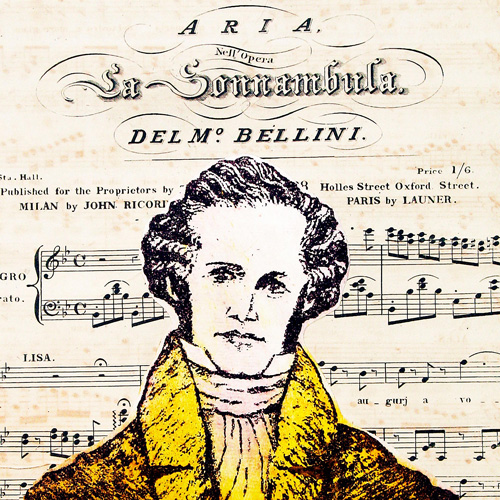Welcome to Bel Canto Rediscovered
On this site you can access research findings of the Australian Research Council funded Discovery Project The shock of the old: Rediscovering the sounds of bel canto 1700–1900 (DP220101596). The site contains discussion boards, links to recordings, blogs and the project’s taxonomy of bel canto sounds and practices.

What is Bel Canto?
The term bel canto—beautiful singing—commonly describes the admired vocal practices (originating in Italy) that were prevalent in Europe during the period 1700–1900. But how did singing actually sound in this period? And what expressive practices did singers use to transform scores into passionate musical declamation—the fundamental aim of bel canto? These and other considerations are the subject of this project, which brings together an international community of singer practitioners guided by a stellar research team of performers and scholars, who will engage with practice-led methodologies to produce sound exemplars of singing as described in historical written descriptors.
Sound recordings of 19th-century trained singers, for example the soprano Adelina Patti (1843–1919), the bass Peter Schram (1819–1895), and baritone Jean-Baptiste Faure (1830–1914) provide evidence of singing styles belonging to a long-established continuum of practice, which were comprehensively abandoned during the early 20th-century modernist revolution. Since that time, the term bel canto has been re-appropriated to describe modern singing practices that do not align with original bel canto ideals. In this project, participant singers will rediscover the sounds of bel canto through an innovative methodology. They will imitate early recordings of 19th-century trained singers and embody their expressive practices to develop a pre-modern aesthetic (stage 1), before extrapolating backwards in time using tried and tested cyclical research methods and collaborative active experimentation (stage 2), to investigate bel canto sounds and practices across vocal genres.
